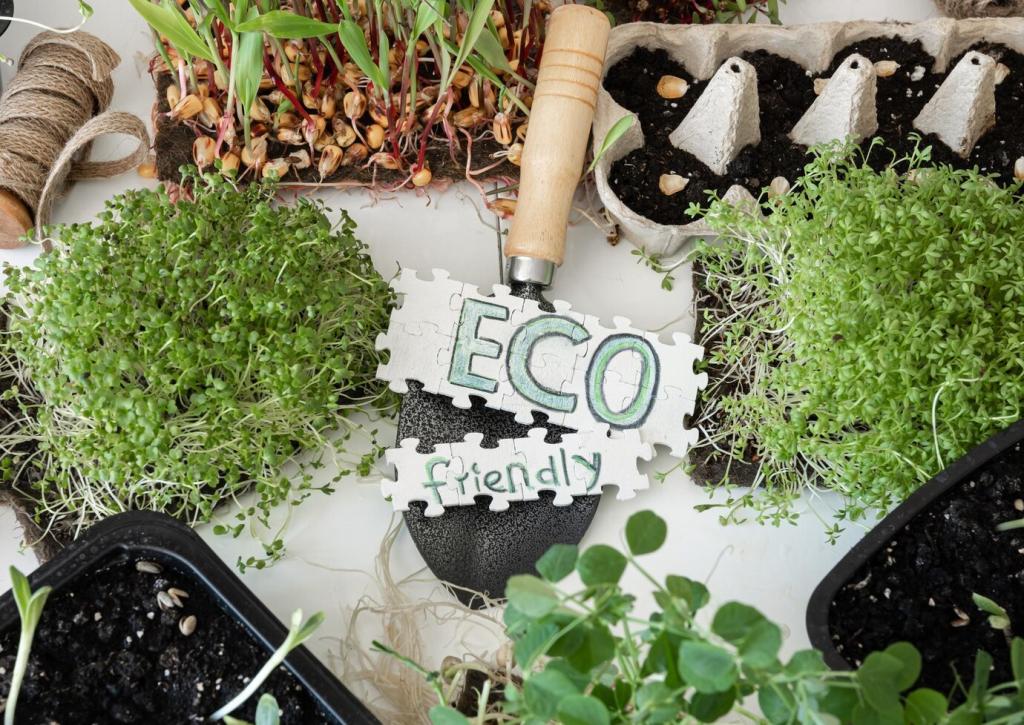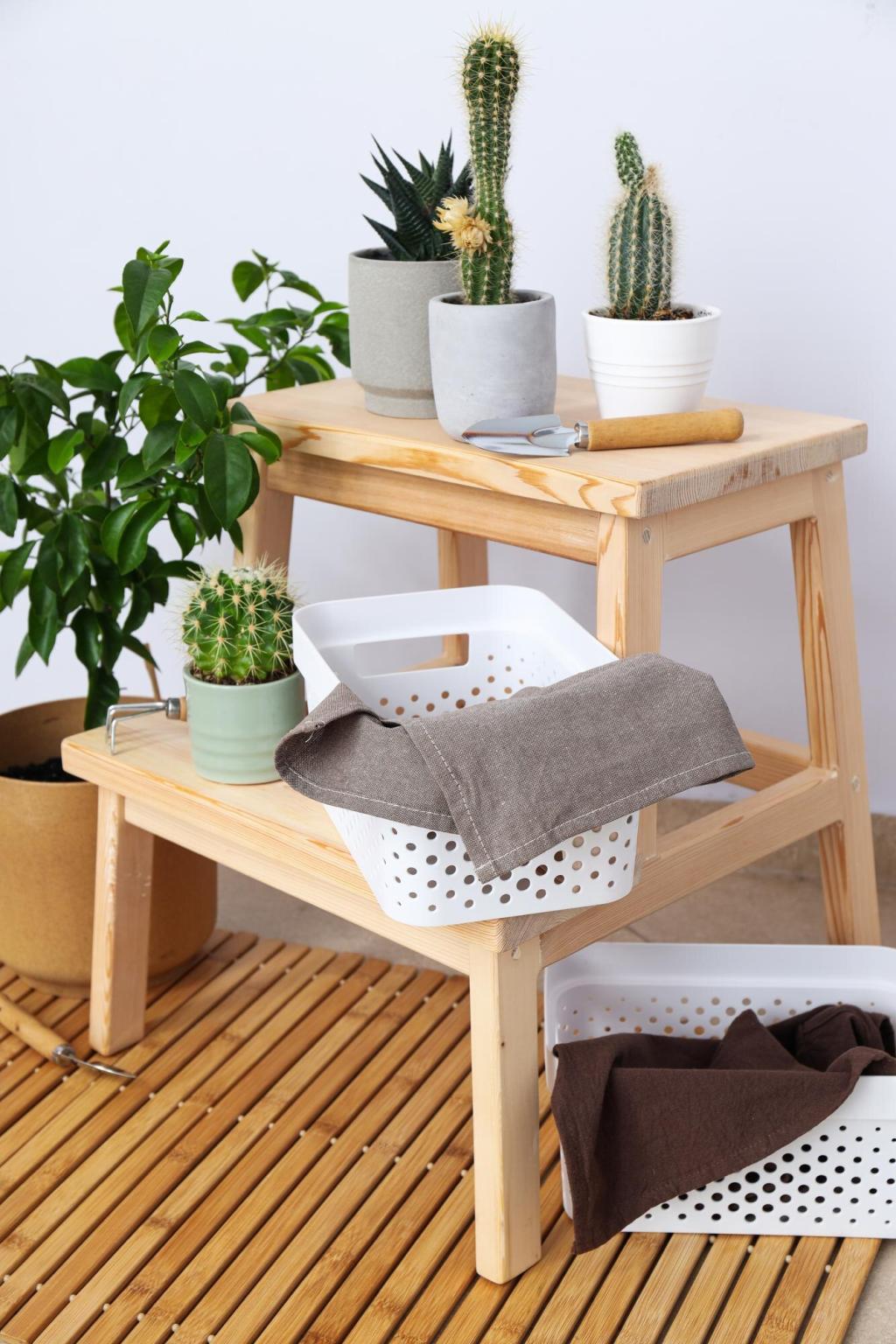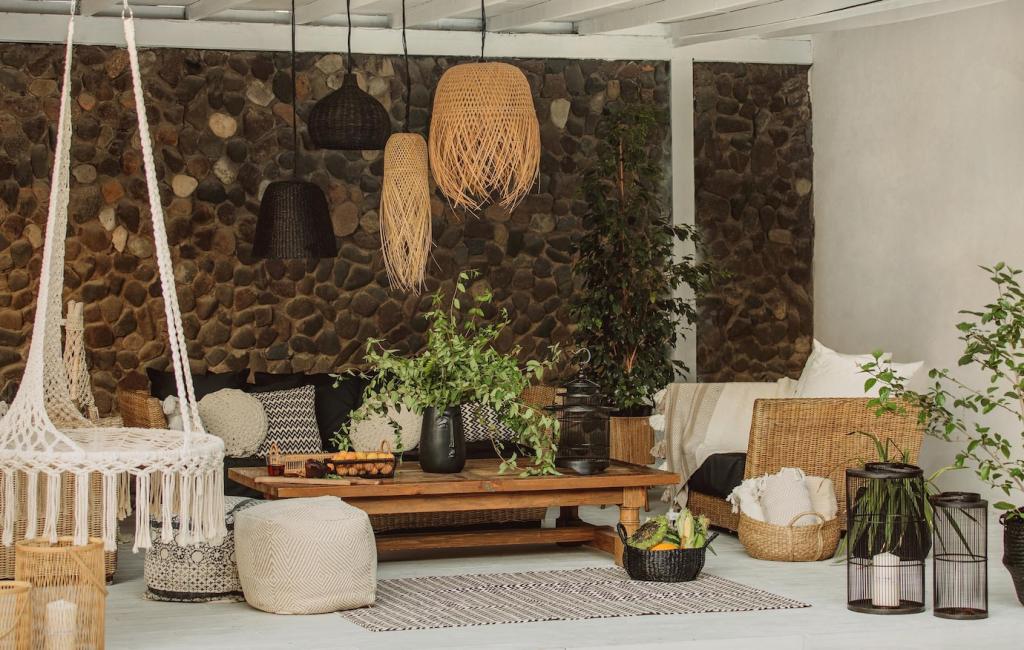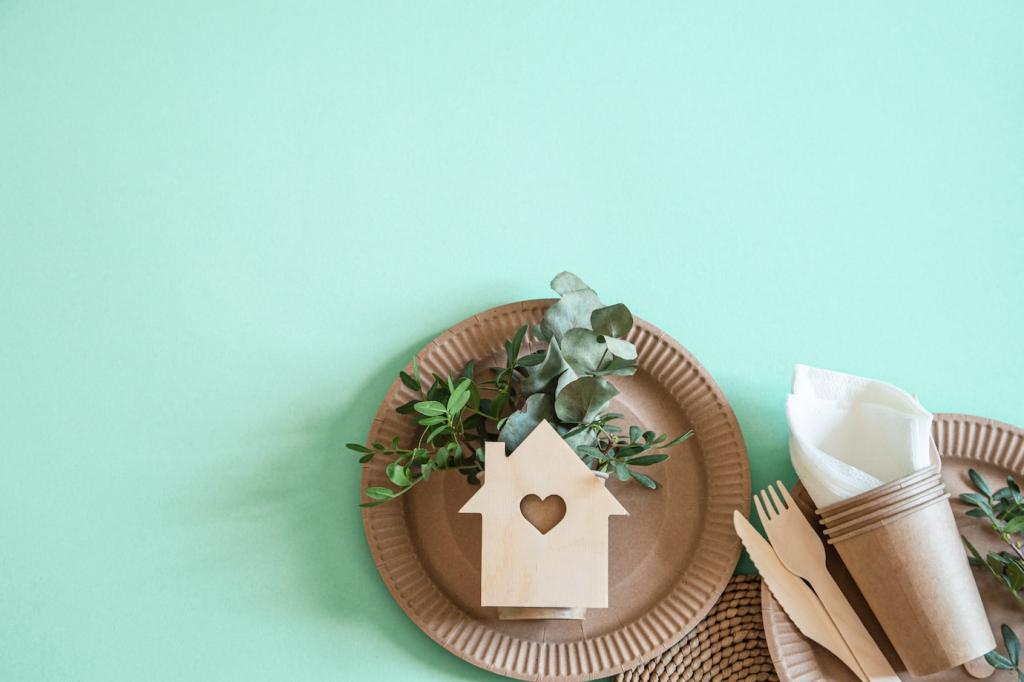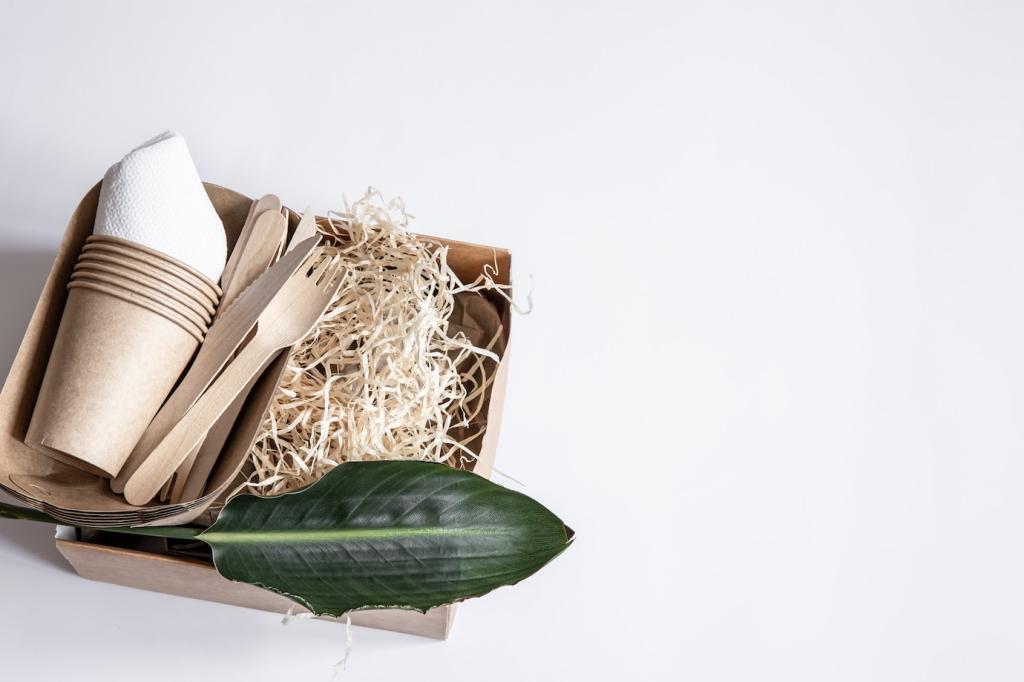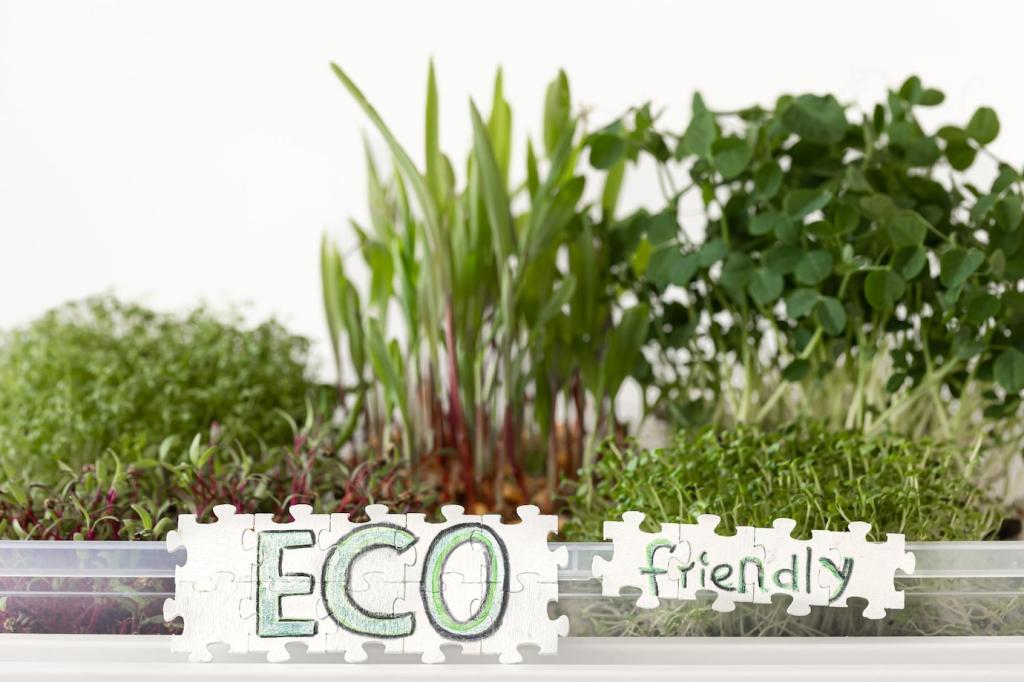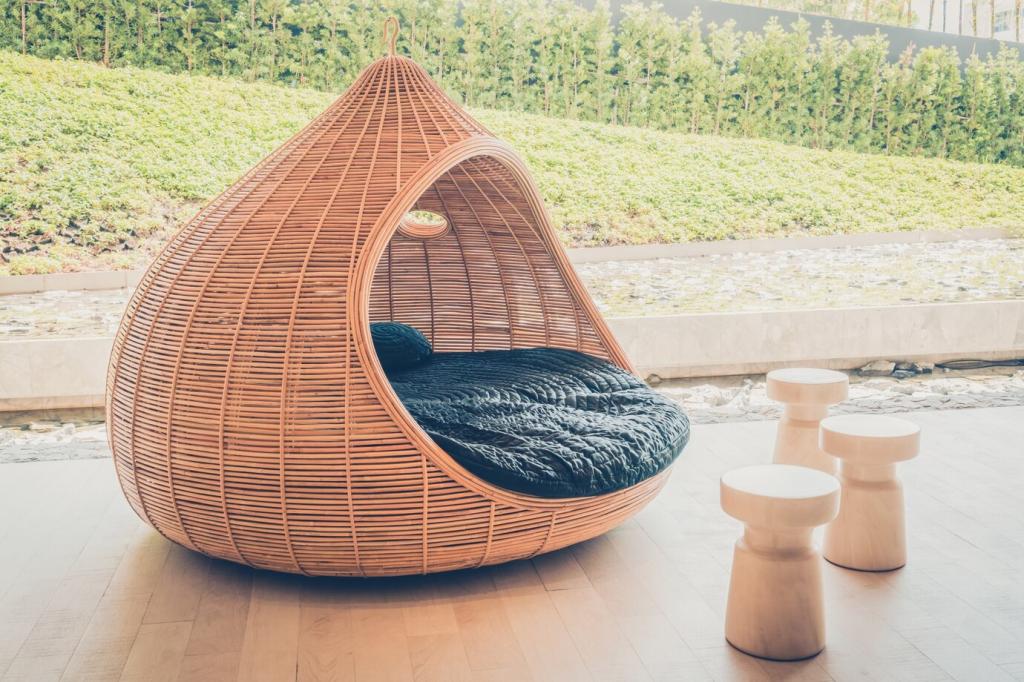A Home Story: The Little Apartment That Softened
Their concrete-floored apartment looked sleek but felt hard. Dishes clinked like cymbals, neighbors’ steps carried through, and winter mornings started with a shiver before the kettle even hissed.
A Home Story: The Little Apartment That Softened
Cork flooring and a small wall panel behind the sofa changed everything. Footsteps softened, conversations felt intimate, and mornings began warm. Evening rituals became quieter, kinder, and more restorative for everyone.

